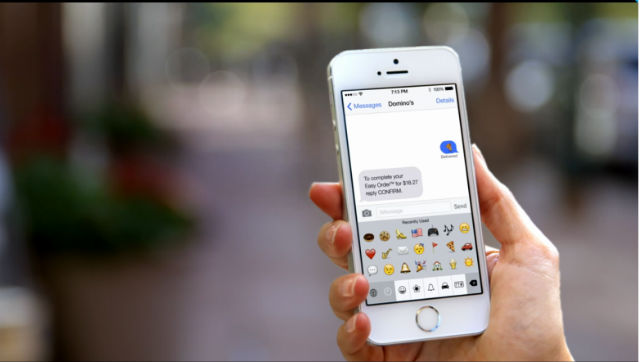💃💃💃💃
This is how On Q felt when we learned that The Unicode Consortium announced the release of 72 new emojis at the end of June. We can finally show off our obsession with the bacon. All of the lonely princesses can finally get their Prince Charming. The world can finally know the greatness that is avocado and egg on toast.
Although the newest series emojis have yet to be released on Apple or Android platforms, that has not stopped our excitement from growing. The buzz has been building since it was speculated to happen, but finally in June the list of which emojis made the cut was released. Included in this release will be gold, silver and bronze metals, more food options than ever and the gender counterparts of some of our current favourites. With every new options, the opportunities for leveraging the emoji trend are increasing. Ideas that may have seemed hard to express before are now more accessible than ever with endless emoji options surfacing. But there are still a few hiccups that brands have encountered when leveraging this fun trend. Here are three important things to think about when incorporating emojis into your latest campaign,
1- Know why you’re using them
Image courtesy of graphics.wsj.com
Wanting to be ahead of the trend, or at least on trend, is all too natural. But if this is your only angle, then you may need to rethink priorities. In order for a campaign to be successful, you have to understand why you want to incorporate emojis.
There are a few reasons why emojis have become so popular, and knowing these will help you leverage them to your full advantage. Emojis are great for breaking any language barriers that your campaign may encounter. Not everyone may understand the word “happy” in your campaign, but it is internationally known what 🙂 means. If you’re looking to send your campaign further, add emojis to reach a larger audience.
The other reason emojis are so vital anymore is that they add emotion to your otherwise bland campaigns. One analysis said that campaigns relying on emotional content were about twice as successful as a campaign that relied on rational content. Adding a little emotion through emojis will engage your customers, and make them want to pay attention to what you’re saying.
2- Know your audience
Image courtesy of creativity-online
The campaigns that have been released using emojis so far have been received with mixed results. For example, when Chevrolet released an emoji coded press release, a lot of their audience was irritated that they had to put in the work to decode it. They didn’t want to have to toil for the information. On the other hand, when Domino’s introduced ordering via the pizza emoji on Twitter, they were touted as geniuses.
These examples provide an essential part of the emoji campaign: knowing your audience. If your audience enjoys brain teasers, an emoji press release may be the way to go. Yet emojis are supposed to make life simpler. Consider this before releasing your next emoji heavy campaign.
3- Know your emojis
Image courtesy of makeuseof.com
It is never acceptable to make spelling errors in press releases; the same can be said for emoji errors. Know what meaning is most commonly accepted with each emoji before you decide to use it in your campaign, which is easy to do with this handy emoji dictionary. As more emojis are released, there will be more to decipher and figure out what they will be used for. For example, when ![]() was released, many people used it as a high-five. After a while, it was discovered that it actually was meant to show prayer. Avoid making mistakes by sticking with emojis that will not give mixed messages! It will avoid embarrassment for your brand, and will allow you to look professional and experienced with emojis.
was released, many people used it as a high-five. After a while, it was discovered that it actually was meant to show prayer. Avoid making mistakes by sticking with emojis that will not give mixed messages! It will avoid embarrassment for your brand, and will allow you to look professional and experienced with emojis.




Leave a Reply